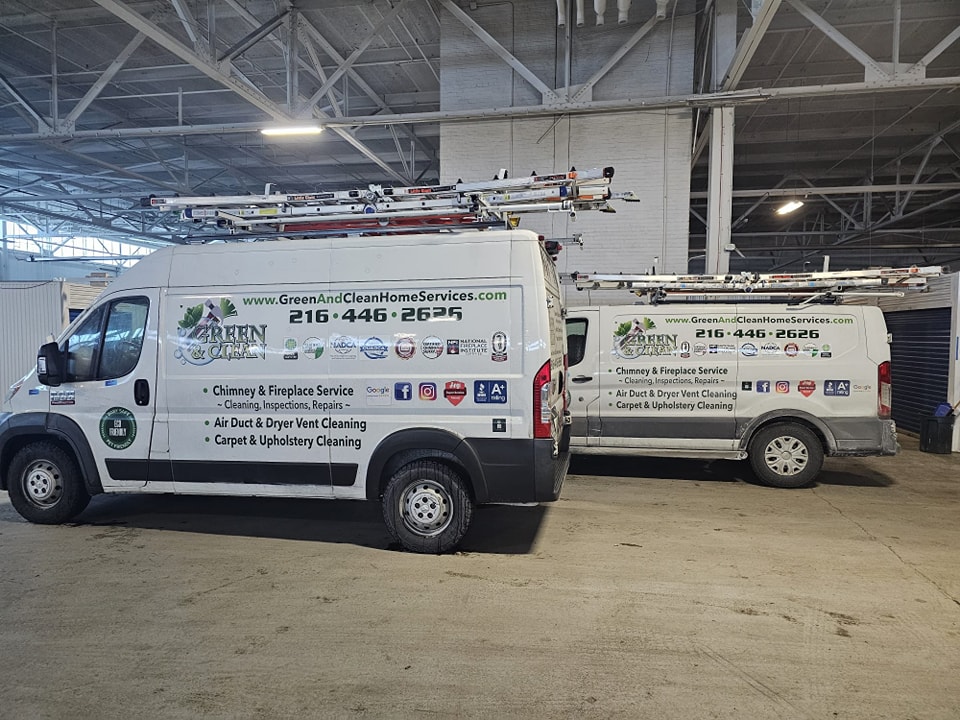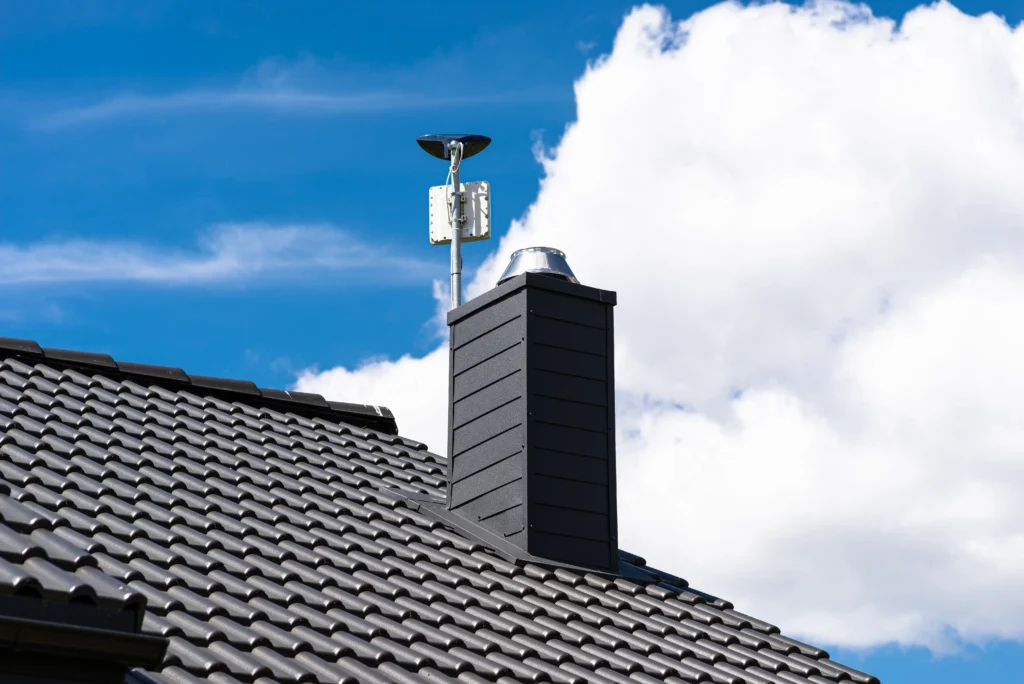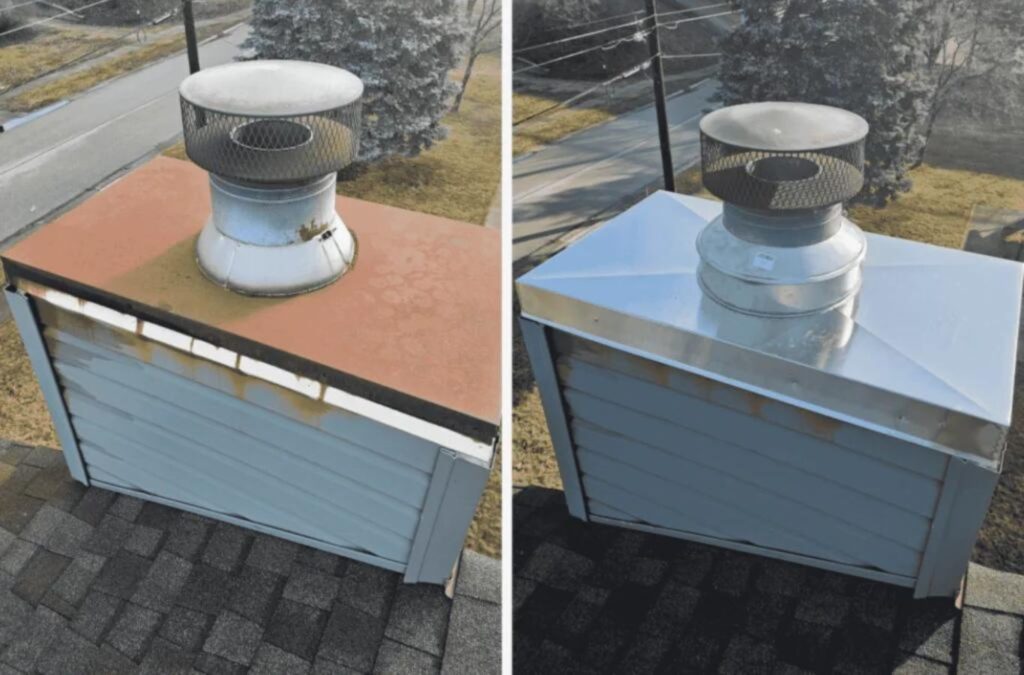In many homes throughout Northeast Ohio—especially across counties like Cuyahoga, Geauga, and Summit—the fireplace serves as both a source of warmth and a focal point of design. While the hearth is critical for safety, the mantel completes the aesthetic. If you’re wondering how to make a fireplace mantel that complements your home’s character while meeting safety and design standards, this comprehensive guide is tailored just for that.

Understanding the Purpose of a Fireplace Mantel
A fireplace mantel, or mantelpiece, is not merely decorative. It frames the fireplace opening and often serves as a shelf for displaying personal or seasonal items. Historically, mantels also helped trap smoke and redirect it toward the chimney flue before advanced ventilation systems were developed. Today, however, they provide an architectural element that can transform the feel of a room.
For homeowners in Lake and Medina Counties looking to add value and charm to their interiors, building your own mantel is a satisfying and cost-effective project. It allows full control over materials, dimensions, and finishes.
Planning and Preparation
Before any construction begins, take time to plan the project meticulously. Decide on the style—traditional, rustic, modern, or farmhouse—and ensure it complements your existing fireplace. Measurements are crucial. Mantels typically project 6–8 inches from the wall and are installed 54–64 inches above the floor, depending on ceiling height.
It’s essential to check local building codes. The National Fire Protection Association (NFPA) recommends that mantels be placed at least 12 inches above the firebox opening, and additional clearance may be required for deeper shelves. You can learn more from the NFPA safety guidelines.

Choosing the Right Materials
Material choice can define the style and durability of the mantel. In Portage County, where homeowners often favor rustic or craftsman aesthetics, reclaimed wood is popular. It provides a warm, aged look while being environmentally friendly. For modern designs, MDF or hardwoods like oak, maple, or walnut offer a sleek finish.
Stone and cast concrete mantels are also an option, though they require more expertise and structural support. These are commonly seen in larger homes or commercial spaces across Summit and Cuyahoga Counties.
Building the Mantel Frame
Once you’ve selected your materials and finalized the design, it’s time to construct the frame. Begin with a simple box structure: a horizontal top board (the shelf), a vertical face board, and two return sides that wrap around the wall. Secure the boards using wood glue and finish nails, ensuring all angles are square.
Dry-fit the frame against the wall to verify dimensions and positioning. For added strength, attach a ledger board—a horizontal support fastened to the wall studs. The mantel frame will then be secured to this board using wood screws or mounting brackets.

Installing the Mantel Safely
Proper installation is not just about alignment; it’s about safety. The U.S. Fire Administration emphasizes maintaining safe distances between combustible materials and the fireplace. Ensure the mantel is installed above the minimum clearance requirements and is securely anchored to prevent accidents.
Double-check that the fasteners are embedded in wall studs, not just drywall. For stone or brick surfaces, masonry anchors or special adhesives may be required. Always use a level to make sure the mantel sits evenly.
Finishing Touches: Sanding, Staining, and Sealing
After installation, finishing the mantel will give it a professional appearance. Sand the entire surface to smooth out imperfections and prepare it for stain or paint. If you’re using wood, a pre-stain conditioner helps achieve an even tone.
Stains can enhance the natural grain of the wood, while paint offers bold color choices. In humid areas of Northeast Ohio like Lake County, applying a polyurethane sealant can protect the wood from moisture and thermal expansion.
Home design experts at This Old House recommend applying at least two coats of sealant, allowing proper drying time between applications.

Incorporating the Mantel into Your Interior Design
Once your mantel is complete, it’s time to style it. Homeowners in Medina and Geauga Counties often decorate their mantels seasonally, using it as a showcase for personal flair. Items like framed photographs, mirrors, candles, and artwork add depth and warmth.
Design magazines like Architectural Digest suggest symmetry and layering when styling mantels—balancing taller items with smaller decorative accents to maintain visual interest.
Maintenance and Safety Considerations
Although mantels don’t require intensive upkeep, routine cleaning ensures longevity. Dust the surface regularly and avoid placing heat-sensitive items directly above the firebox.
For families across Cuyahoga and Summit Counties using wood-burning fireplaces, soot and ash can accumulate on the mantel over time. Use a damp microfiber cloth with a mild cleaning solution to remove residue.
Fireplace safety should always remain a priority. Keep decorations and flammable materials well above the heat source. If unsure, consult professionals like Green and Clean Home Services for fireplace maintenance and inspection.

Conclusion
Knowing how to make a fireplace mantel allows homeowners to add a personal touch to one of the most beloved features of their homes. It blends craftsmanship with creativity while enhancing both function and design. From selecting the perfect wood to ensuring safe installation, every step matters.
For homeowners across Lake, Geauga, Portage, and Summit Counties, creating a custom fireplace mantel is more than just a DIY project—it’s a meaningful investment in comfort, style, and home value. When in doubt, consult local professionals to ensure the safety and beauty of your fireplace for years to come


